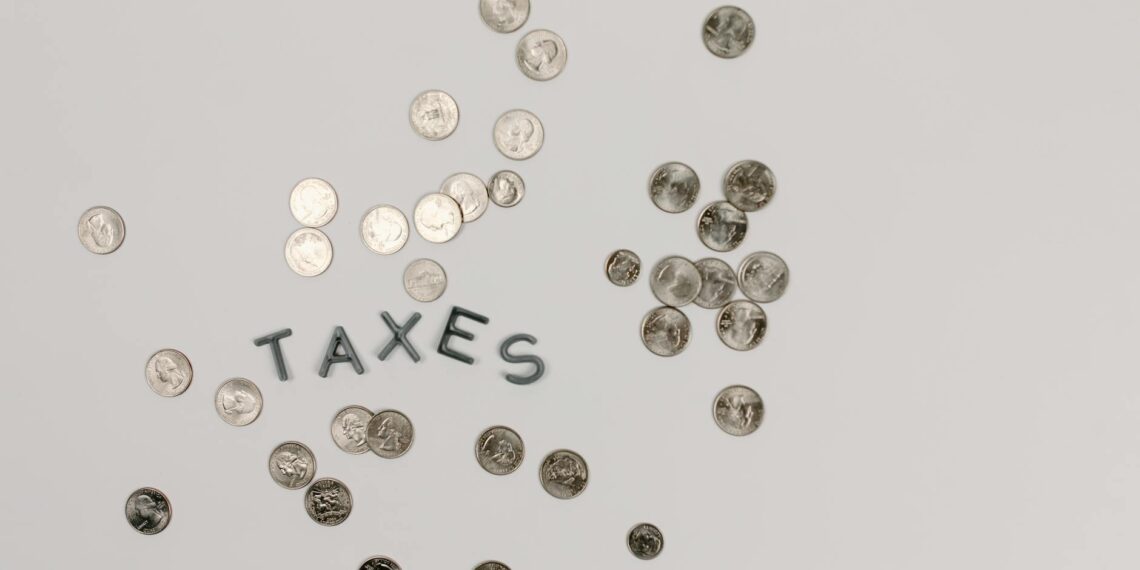A dime is a coin in the United States and Canada, worth ten cents.
- Value: 10 cents or one-tenth of a dollar.
- Smallest Size: It’s the smallest in diameter and the thinnest of all U.S. coins currently minted for circulation.
- Obverse (Heads): Features the profile of President Franklin D. Roosevelt, [who has been on the dime since 1946].
- Reverse (Tails): Displays a torch, flanked by an olive branch on the left and an oak branch on the right.
- Symbolism: The torch represents liberty, the olive branch peace, and the oak branch strength and independence.
- Composition: Dimes minted from 1965 to the present are made of a clad metal, with a pure copper core and outer layers of 75% copper and 25% nickel alloy. Earlier dimes contained 90% silver.
The word “dime” comes from the French word “disme,” meaning “tithe” or “tenth part,” which itself comes from the Latin word “decimus,” also meaning “one tenth”.
The U.S. Mint produced the first dime in 1796.








